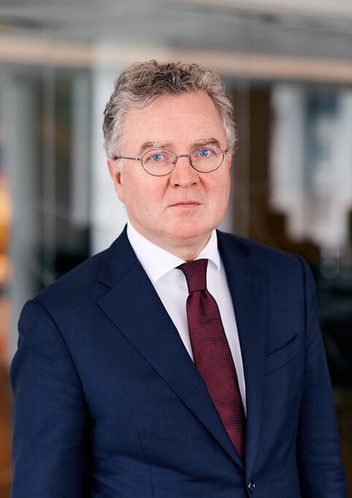
Halvard Helle
Partner
Oslo
Newsletter
by Halvard Helle and Severin S. Lyngstad
Published:
What is the price for the legitimate use of photographs in accordance with the rule on daily events in the second paragraph of the Norwegian Intellectual Property Act § 36? For the first time, this issue was considered by Borgarting Court of Appeal in a recent case between the law firm Rogstad and the Norwegian newspaper VG. The effects of this judgment, particularly on Norwegian news journalism, is discussed throughout this article.
In the spring of 2020, VG published a number of news articles criticising Rogstad's business and its hidden ownership structures. VG's articles revealed that Rogstad was actually controlled by a man convicted for fraud and closely connected to criminal networks in Norway. In response to VG's articles, the Norwegian parliament adopted a requirement that no law firm should be owned/controlled by anyone with a criminal record. VG’s articles were illustrated with photographs of Rogstad's lawyers, which were obtained from the Rogstad's website, and some party images taken from the law firm’s Facebook page.
VG was later sued by Rogstad, on the basis that VG's use of the law firm's photographs amounted to a violation of copyright law. In response, VG argued that the use fell within the quotation rights set out in Section 29 of the Norwegian Intellectual Property Act, which provides the right to free-of-charge use without consent. Alternatively, VG argued that the use was in accordance with the press's right to use images in the reporting of “current events”, as set out in the second paragraph of Section 36 of the Intellectual Property Act, which requires newspapers to pay "compensation" after publication. The latter has been implemented as Norwegian law through the EU InfoSoc Directive art. 5, third paragraph, litra c) concerning “current events” reporting.
The Norwegian Supreme Court ruled, in May 2022, that VGs use was in accordance with the “current events” reporting provision set out in the second paragraph of Section 36 of the Intellectual Property Act. The basis of the Court's decision, in brief, was that since the press has special access to use copyrighted images, the press can use them so long as they pay for the use afterwards. The Supreme Court ruled that VG's critical and investigative journalism was at the core of the freedom of the press, and that the reports concerned a "current event” (No: “dagshending”) according to the second paragraph of Section 36 of the Intellectual Property Act.
VG was therefore allowed to use the photographs but had to pay for this. The case was therefore sent back to the Court of Appeal to determine how much VG had to pay.
Here we are approaching the issues of practical importance because it is increasingly common for newspapers to use photographs taken from a company website to illustrate news articles. We would almost assert that it has become commonplace to use this type of imagery for free unless the newspaper has its own photographs. The use of images from social media in journalism has also become a recurring topic since the sharing culture among private individuals has become even stronger. Such use is rarely problematic since copyright holders do not object afterwards. However, If the copyright holder does object, the question arises as to how much the newspaper must pay for the use. Here, the Court of Appeal's judgment in the Rogstad case provides clear guidelines.
The law firm demanded a total of NOK 1,500,000. The size of the claim was partly justified due to the number of times the same photographs were published in several reports. Therefore the question arose as to whether the “current event” reporting provision gave the newspaper the right to reuse the same images, or whether single use fees must be calculated for each time the image is used. Furthermore, the size of the claim was justified by the double compensation argument based on accepted Norwegian freelance rates, which is in line with the general image theft rule in Section 81 of the Norwegian Intellectual Property Act.
VG, on its side, argued that the size of the consideration had to be measured according to market value of the photographs, in other words, what the press would normally pay for similar photographs. As these were photographs that would normally be used by the newspaper free of charge,the photographs were of little economic value. VG further argued that the amount could not be determined according to the general image theft rule of double compensation.
The Court of Appeal agreed that there was no basis for determining the compensation according to the rule of double compensation for image theft. The reason for this was that there was no infringement of copyright, since the Supreme Court had ruled that VG was allowed to use the images. That is to say, it was not "image theft".
Furthermore, the Court of Appeal agreed with VG that the market value of the images was decisive for the compensation, or as the Court of Appeal expressed it:
"The Court of Appeal [...] assumes that the Intellectual Property Act § 36, second paragraph, must be understood so that the compensation shall be set at what is a reasonable payment for the use of the current picture. In making this assessment, the market price for the relevant type of imagery will be key."
As to the question of the size of the consideration in relation to the role of the press, the Court of Appeal expressed:
"It must also be taken into account that compensation must not be so high that this will place limitations on freedom of speech, and especially considering the media's need to use such images in order to exercise its societal-critical function."
The Court of Appeal concluded that the market price for the images in the case was NOK 400 per image, in line with VG's argument. This was explained by the fact that the press can usually use such portrait photographs for free. The Court of Appeal also emphasised that NOK 400 was basically the general purchase price for VG through its subscription schemes with image agencies.
It was also important that none of the copyright holders in the case were professional photographers. The case primarily concerned photographs in which the economic rights were transferred from the photographer to the law firm. Therefore, the accepted Norwegian freelance rates, which are meant to reflect the photographer’s efforts, did not provide any special guidance.
The Court of Appeal further decided that NOK 400 was also a reasonable consideration for the Facebook pictures. This was explained by the fact that there was nothing other than an entirely ordinary photograph taken by a non-professional photographer.
The Court of Appeal also concluded that NOK 400 per image must apply regardless of whether the image had been published in later articles. Hence, there is no basis for multiplying the amount by the number of times the image is used in one or more reports. However, we interpret that a prerequisite for this is that the reports apply to the same current event.
So, to get back to the question raised in this article’s title - what is the price for a picture? If the Court of Appeal's judgment reached legal force, we have received good clarifications to find a specific compensation amount. The guidelines outlined by the Court of Appeal in this judgement will probably have a significant impact on this question in the future.
The judgment is not currently legally enforceable, and therefore a reservation must be made on a possible appeal. For the time being, we can conclude by asserting that the Court of Appeal has managed to balance the consideration of the photographer with regard to journalistic work in a manner that we assume will be useful for the future editorial work.
The lawyers Halvard Helle and Severin Slottemo Lyngstad have represented VG in all court levels.

Partner
Oslo
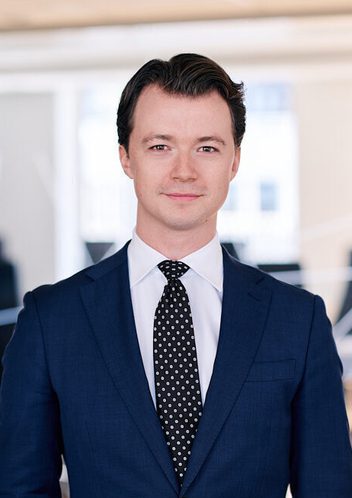
Senior Lawyer
Oslo
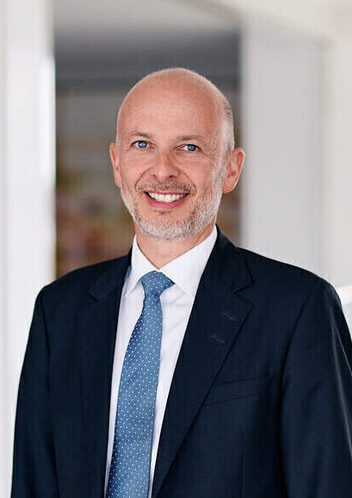
Partner
Oslo
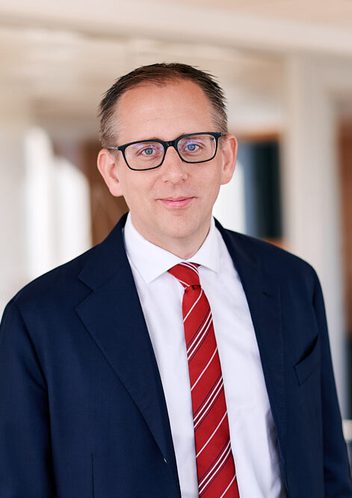
Partner
Oslo
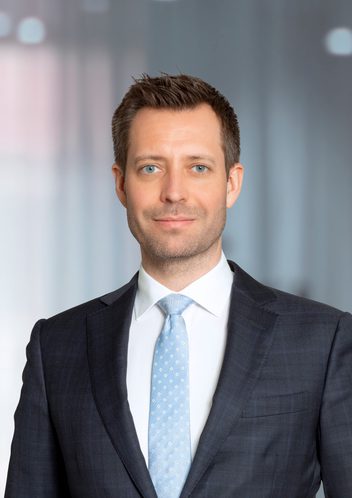
Partner
Oslo
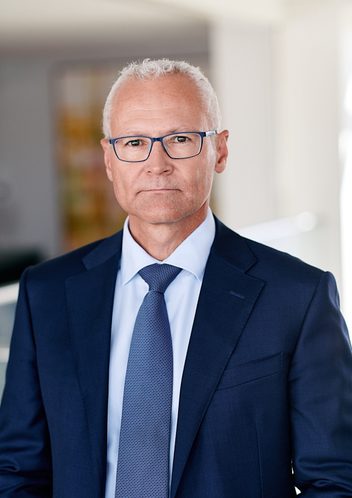
Partner
Oslo
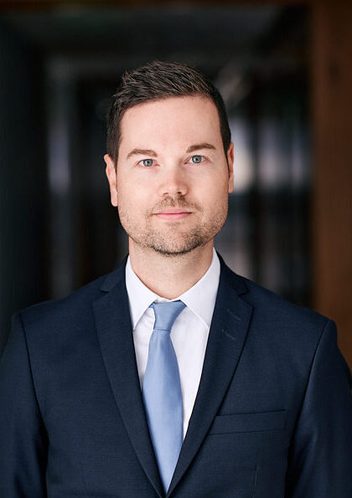
Partner
Oslo
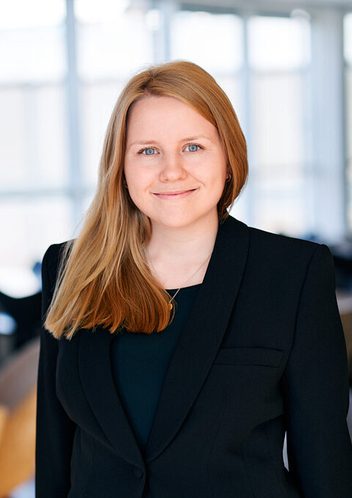
Senior Associate
Oslo
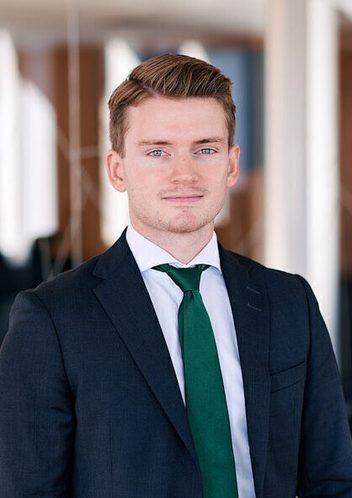
Senior Associate
Oslo
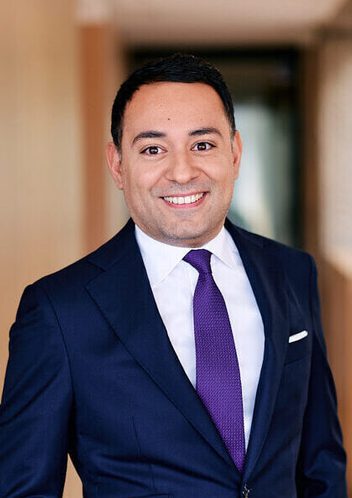
Partner
Stockholm
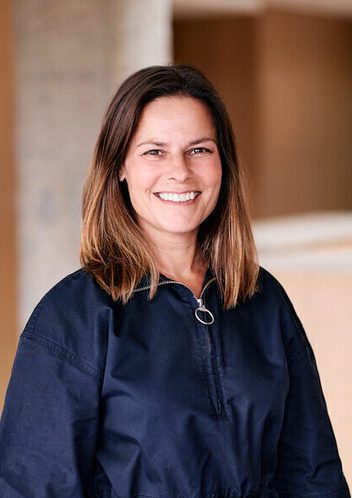
Special Advisor
Stockholm
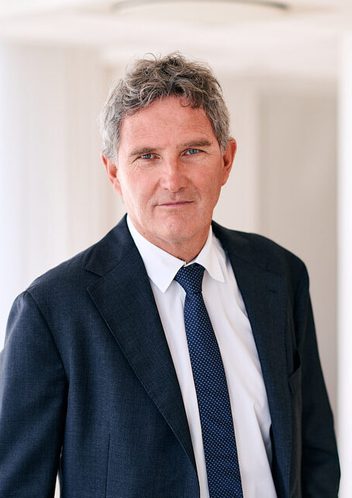
Partner
Oslo
